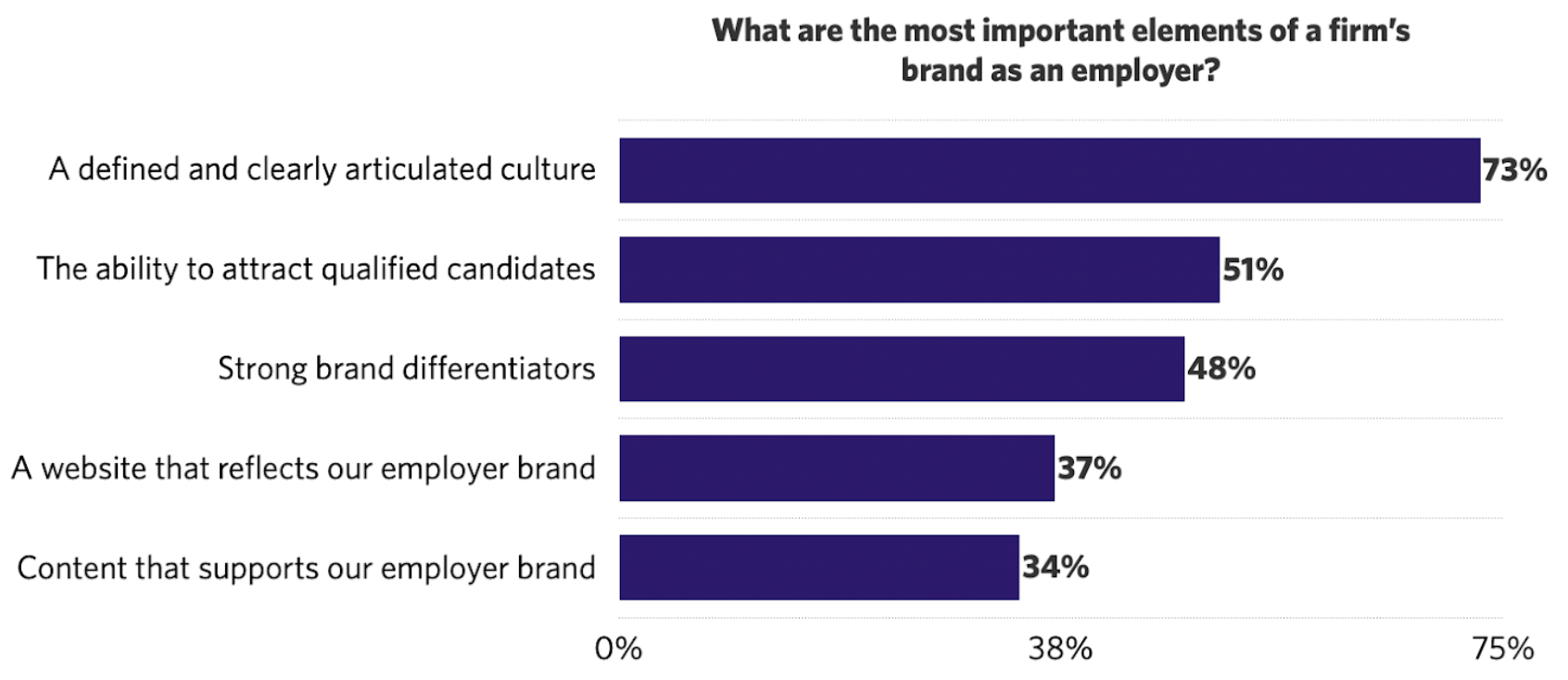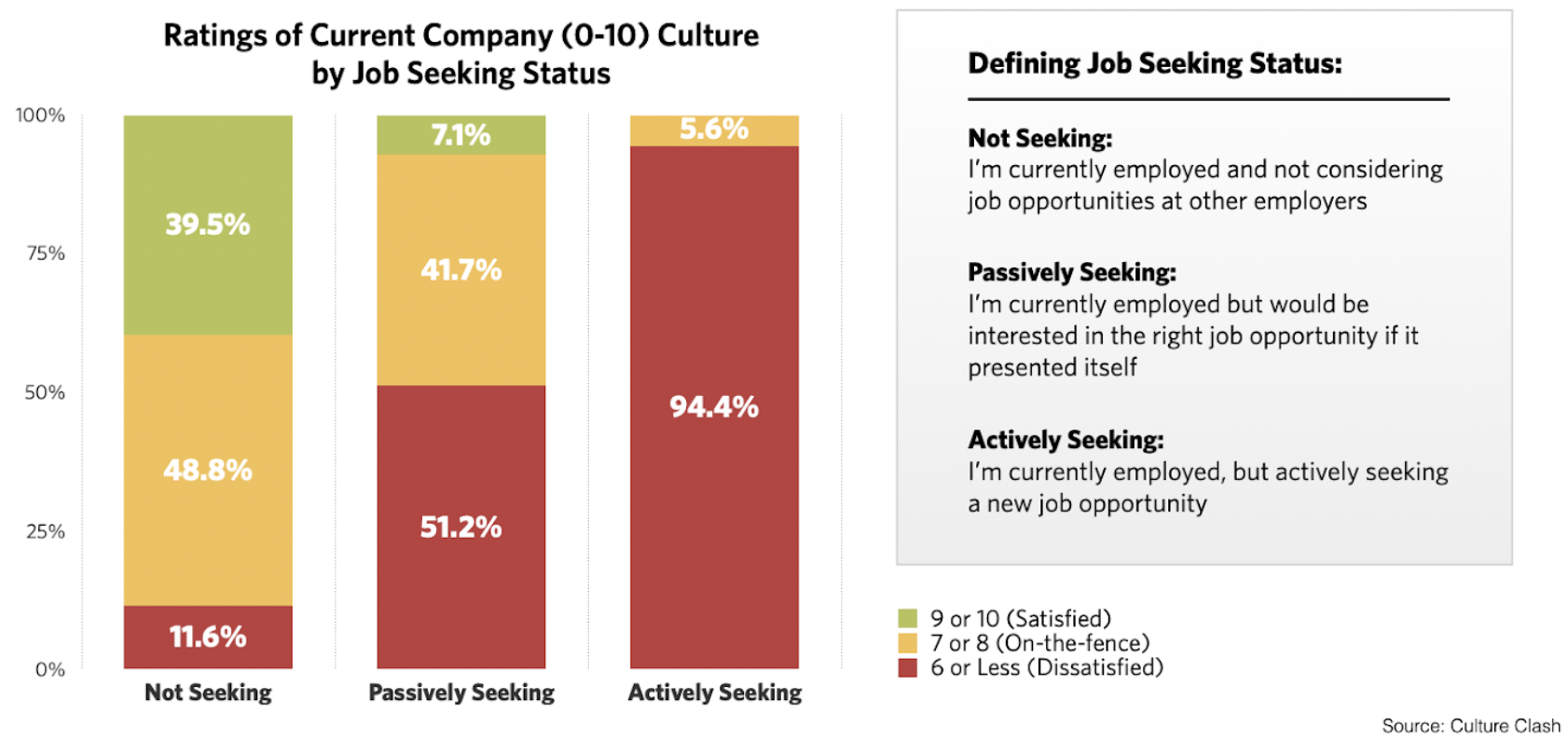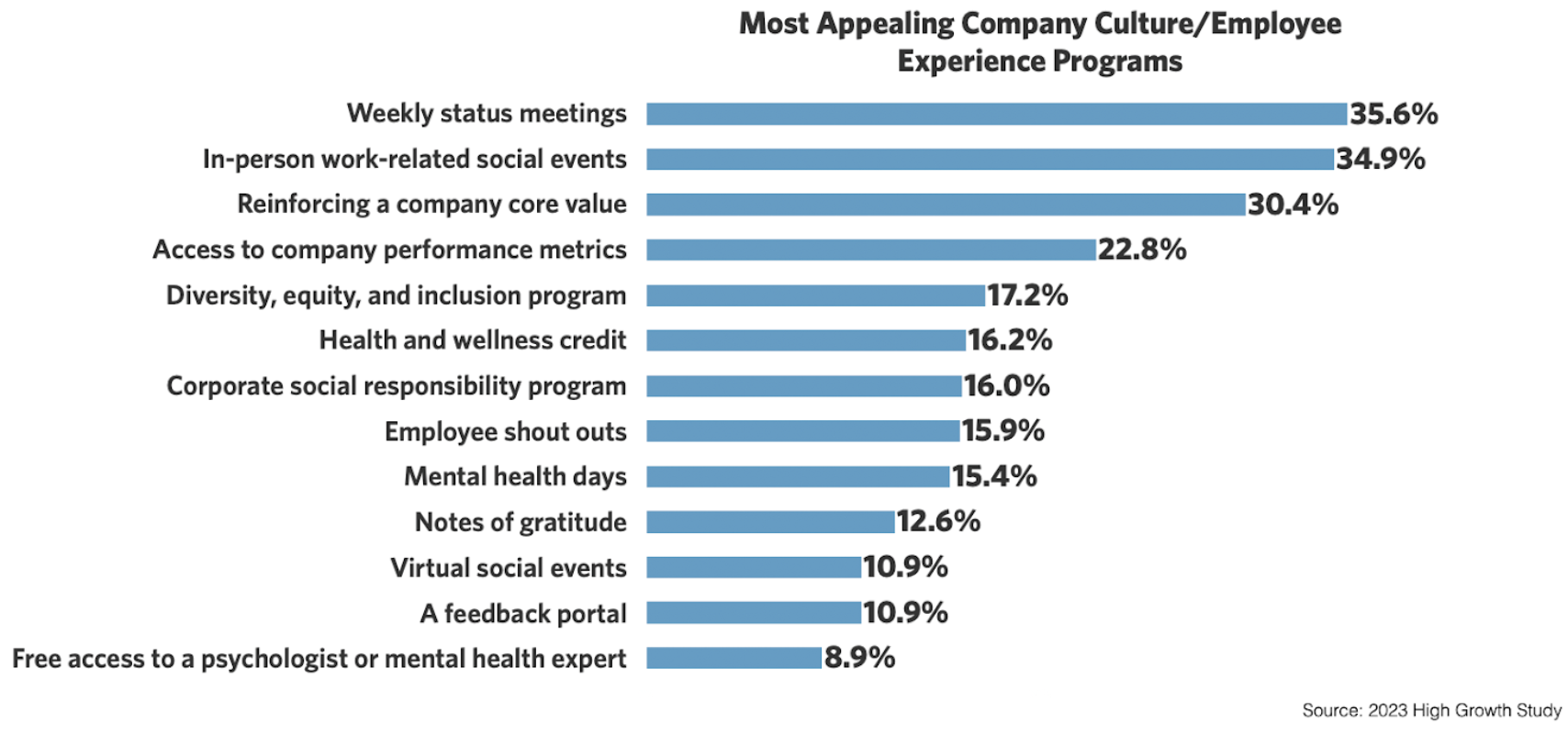In August of 2019, my husband spent three weeks in the ICU for an onslaught of sepsis. One roller coaster of emotions and many gory details later, my husband made a miraculous recovery and would spend one more week in rehabilitation to regain his strength. All in all, he was hospitalized for a month, which meant I, his wife and full-time working mom to two little children, didn’t work for four weeks straight, apologizing to my employer that I just couldn’t focus on anything but my husband getting well and our two kids, one who had just started kindergarten and the other still in daycare.
My employer at the time, Hinge Marketing, for whom I had worked just a year and a half, told me,
“Katy, don’t worry about work. Take care of yourself and take care of your family. We’ve got you.”
They weren’t lying. My accounts were covered, no stone left unturned and when I returned to work, I slowly paid back the time I had taken off.
So, four years later, when I think about the concept of employer branding, and what an employer brand means to me, I can’t help but think back to my job’s response to my personal trauma.
By definition, an employer brand is simply a firm’s reputation as a place to work. But to me, it’s more than that. It’s a sentiment. It’s knowing that my company had my back at a time when I needed them the most.
Hopefully my heartfelt story got your attention, but on the flip side of the coin, a firm’s reputation as an employer isn’t always rainbows and sunshine. Whether it’s having a work hard/play hard culture, being a revolving door of talent, or gossip central, sometimes your brand as a place to work can outweigh your corporate brand or reputation for the services or products you provide.
My colleagues and clients know that I’m passionate about employer branding, but let’s put my personal experience aside. In this article, I’d like to explain why your firm’s reputation as an employer matters now, more than ever; take a look at the primary components that make up a strong employer brand, and lastly, discuss some proven recruiting and retention strategies.
Why is employer branding important?
From a shortage of top talent and generational changes in the workforce to increases in compensation and managing a remote workforce, professional services firms of all sizes are being constrained by a variety of recruiting and retention challenges. Investing in your employer brand could be the solution you’ve been looking for.
At the end of the day, people are at the core of professional services – it’s their expertise they are selling. If your employees aren’t happy, it can impact their productivity and thereby, directly impacting your firm’s ability to scale. Furthermore, high-quality services demand high-quality talent so why wouldn’t you care about how you’re perceived by potential candidates?
And lastly, but certainly not least, everyone’s doing it. The war for top talent rages on and trust me, the competition is fierce and has likely already invested in an employer branding strategy to get the upper hand.
Most important elements of an employer brand
We’ve already discussed what an employer brand is but let’s take it one step further by considering the individual components that make up an employer brand – and which is the most important so you can prioritize accordingly.
 You likely guessed right. Among those surveyed for Hinge’s Employer Branding Study, a well-defined and articulated culture was at the top of the list. That’s because there’s a direct correlation between an employee’s satisfaction with your culture and whether or not they are actively searching for a new job.
You likely guessed right. Among those surveyed for Hinge’s Employer Branding Study, a well-defined and articulated culture was at the top of the list. That’s because there’s a direct correlation between an employee’s satisfaction with your culture and whether or not they are actively searching for a new job.

Just as a firm’s culture can be integral to retaining your employees, it can be your greatest asset when it comes to attracting top talent. A firm’s culture sets expectations about what behavior is valued and how employees will be treated. These expectations can make or break your employees’ experience.
Next, your ability to articulate your firm’s culture and attract qualified candidates is paramount. Just as a firm’s overall brand strength is a product of its visibility and reputation, when it comes to your employer branding efforts, you want to focus on your reputation as an employer and how visible you are as an employer.
Rounding up the top three is how your employer brand stands apart from the competition. What are your differentiators as an employer? What are you doing differently than the next firm down the street? Any unique traits? Identify those benefits that only you or a select few are offering.
Culture, visibility, and differentiation. Now that we’ve established what is important in an employer brand, how do we incorporate each into a strategy?
Strategies to improve your employer brand
1. Evaluate and measure your employee experience.
How do you know if your employer brand is lacking? For some, it’s blatantly apparent. For others, the discontent might be lurking in a dark corner, not readily evident but nothing that a little prodding couldn’t uncover.
Luckily, there are cost-effective ways to keep a pulse on your firm’s culture. Whether it’s through Employee Experience (EX) surveys or exit interviews, there is much formal research to be done. There are also third-party platforms like LinkedIn, Glassdoor, and other social media that can produce qualitative analysis. And of course, there will always be passive signals which can sometimes produce the best results. Is there a lack of motivation, innovation, or engagement?
2. Do your research.
Understand your audiences, your target personas, your team preferences, and your competition. How will you attract or retain top talent if you don’t understand what is important to them, what is luring them away, and what will keep them from moving on? And most importantly, you need to understand how their perspectives can vary across all levels of tenure and experience.
3. Build your positioning.
An employer brand can be somewhat aspirational but needs to be founded on the research that was just completed. Identify your differentiators and key messages, and tailor them for specific audiences and personas. Prepare those proof points that can back up your messaging. Nothing is more refreshing than having new employees discover you weren’t exaggerating, and that your culture is truly how you’ve described it.
4. Make your website work for you.
Your website and its careers section should be seen as a primary tool for recruiting top talent. Make sure its functionality is top-notch and your Applicant Tracking System (ATS) isn’t hindering potential candidates from applying because your site is too hard to navigate or use.
Make sure your website reflects the employer brand you’ve worked so hard to define along with your culture. How visible are your career pages and the benefits you offer? If you have a unique remote working policy, make sure it’s easily seen.
Are your employees, experts, and leadership on your website? Recruits want to know who they’d be working with and who would be leading the way. Do you feature your technical experts so candidates can see the opportunity for mentorship and professional development? Do you feature real photography instead of generic stock imagery? Take special care of how your staff is featured. It’s not only important to show diversity of ethnicities but also of experience and tenure. Are you highlighting expertise and thought leadership? At the end of the day, applicants want to be able to picture themselves working at your firm and if they can’t see themselves in the content on your website, you’ve lost them already.
5. Develop a cross-functional plan and budget.
Recruiting and retention is not the responsibility of Human Resources alone. Identify key players in your recruiting, onboarding, and retention processes. Develop your budget, and select and prioritize your techniques. And remember to identify KPIs that will help measure the success of your endeavors and keep management informed along the way.
6. Prioritize your employees’ experience.
Hopefully, you’ve done your research and have an understanding of your team’s preferences for receiving information, company events, and employee perks.

Remember that retention is just as important as recruiting. Over-communicate, be authentic and transparent, and normalize employee engagement roles and responsibilities. Many times employees will leave a firm because they felt “in the dark”, not engaged, and unaware of company performance metrics.
Now what?
Hopefully my story resonated with you and made you think about how your own firm is perceived as an employer. As it was in my case, sometimes an employer brand can be one of the factors that keeps your team together through the hard times you may face.
Developing a strong, positive employer brand can take time. Planning for growth at your organization needs to include more than just how you’ll manage more work, but also how you’ll retain (or develop) a positive company culture. There’s no better time than the present to evaluate your employer brand and look for ways to strengthen the ties that keep everyone together. We’ve conducted a lot of research to find out why employer branding is so important and what elements of employer brands are at the top of your employees’ minds. Take a look at our latest Employer Branding Study for more valuable insights to get you started.
How Hinge Can Help
Hinge’s Branding Program equips your firm to stand out in a crowded marketplace and build a distinguished brand that drives sustained growth. From strategy to implementation, we take your firm through the rebranding process — painlessly and with exceptional results.
Additional Resources
- Our Rebranding Guide gives you the tools and knowledge you need to lead your firm through a rebranding.
- Get strategies, tips, and tools for developing your firm’s brand with Hinge’s Brand Building Guide for Professional Services Firms.
- Join Hinge University and take the in-depth courses and read the step-by-step How-Tos to take your brand to a new level of sophistication and engagement.

